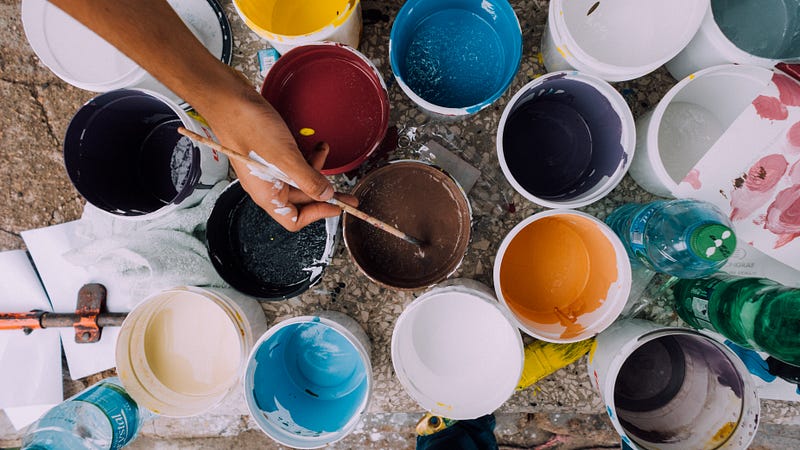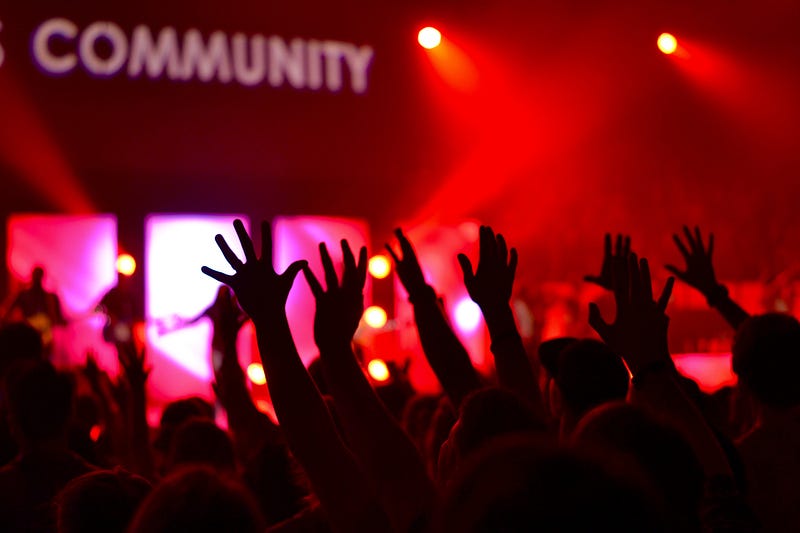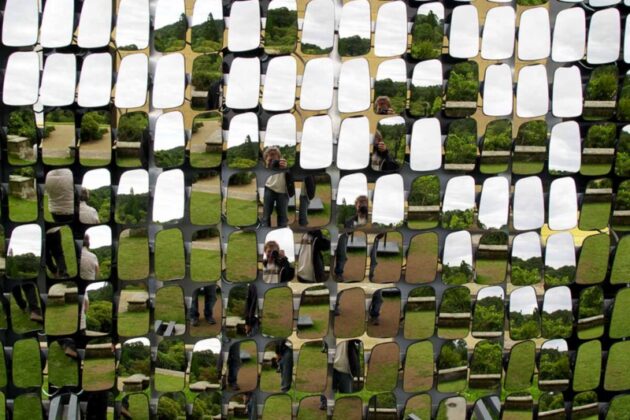What It Will Take To Build the Future of Journalism

Holding a mirror to society, speaking truth to power and producing coverage and storytelling that can potentially build bridges between people and communities are critical functions I’ve always considered a part of journalism’s DNA. This is how newsrooms hold a crucial role in how we build informed communities and how we serve the public.
Though there is also a necessary obligation for journalism to turn that mirror onto itself and to examine if/how we are building newsrooms that truly reflect what the future of journalism should look like and if/how we are effectively covering the communities we serve.
Over the next few months, I’ll be advising the Local News Lab through the Geraldine R. Dodge Foundation to do just that — explore how local newsrooms and journalists cover communities in deep transition, the role of listening in community journalism and how philanthropy can support efforts to build diverse, inclusive newsrooms.
The very premise of this project, to research frameworks that support equity and diversity in newsrooms and deepen community journalism, requires suspending disbelief that the status quo cannot be changed. As both a technologist and an optimist, that is a premise I more than happily reject. But as I continue to explore the deeply entrenched barriers and biases I have lived both as a journalist of color and encountered in executing this research, I also understand my role to tell the story of what is possible, elevate the work of leaders who are carving a new path forward and present what will it take for all of us to build the future of informed communities. I believe in building in public and so, over the next few months, I will doing that on the Local News Lab — sharing what I’ve learned, elevating voices building the future now and presenting frameworks to support efforts that strengthen communities through stronger journalism.
When writing about diversity and journalism, it is easy to speak past one another in a vacuum of empathy and posture of defensiveness without truly taking pause to listen, explore and expand a falsely fixed perception of possibility. That is why for the first phase of this project will be focused on listening, learning how to build a shared language for diverse newsrooms, examining what has worked in other cities and industries facing similar challenges and explore how to build the future we deserve. In doing so, there is an enormous opportunity to learn from both inside and outside the news industry and to become better together.

There is an opportunity in this challenge to interrogate ourselves, our values and the role of journalism in building informed communities. There are distinct possibilities to expand; where practicing empathy is a form of community engagement, where our newsrooms reflect America, where listening is not transactional but rather a valued form of leadership and where journalists regularly step outside their own contexts and into the context of the communities they cover.
My work, researching strategies for how philanthropy can support these efforts and deepen local community journalism, joins many, many other leaders in this field who continuously hold up the mirror to help build the future of diverse, inclusive newsrooms our communities truly deserve. They are adaptive change agents: individuals who both see themselves as agents to dismantling structural inequities that journalists of color regularly face and architects to building vibrant newsrooms reflective of the communities they serve. They understand that building the future is a practice in playing the long game and, as Meredith Clark writes in Poynter, that “diversity is a practice, not a target.” By creating journalism initiatives that represent those who don’t feel as though they’re being spoken to or for, these leaders ultimately create both better journalism and stronger communities.

This is what I’ve learned so far: meaningful progress on this front requires both a leadership commitment from all levels of the newsroom and dedicated financial resources. Building diverse, inclusive newsrooms and deepening community engagement is work.
As civic technologist Laurenellen McCann writes,
“What matters is our willingness to believe change is possible and to use that belief to push ourselves to be present (with each other) — to see the ways in which issues and experiences distant from our own connect to our own. What matters is that we don’t submit to cynicism… but instead use our critical eye as fuel for the fire. What matters is that we suspend our disbelief that the status quo can’t be changed — that’s the hardest part. That, and really, truly understanding that we need to try *without* the guarantee that we will succeed.”
It will not be easy. Hard things are hard, after all. But our newsrooms and communities deserve a future that works for all of us. I look forward to exploring more of what that looks like with you…
Sabrina Hersi Issa is a Senior Advisor for the Local News Lab.
